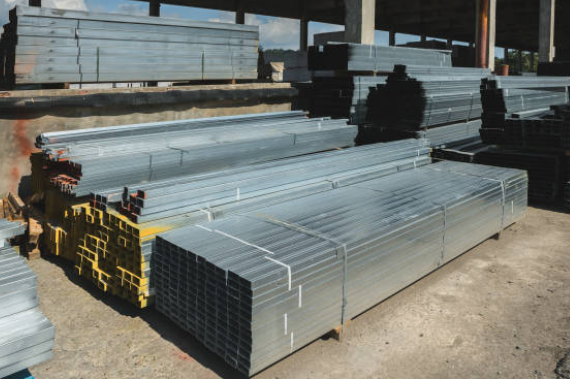
Posted on Wednesday, October 9, 2024
The metal coil quality used in roll forming is paramount to the durability and longevity of the final products, which include roofing panels, wall cladding, and structural beams. As construction materials are subjected to various environmental conditions and stresses, understanding the relationship between coil quality and product durability can empower manufacturers and end-users to make informed decisions that lead to better performance and reduced costs over time.
The surface finish of the metal coil significantly impacts the durability of the roll-formed products. High-quality coils exhibit a superior surface finish, essential for adhesion and coating processes:
Consistency in coil quality is another critical factor influencing the durability of roll-formed products:
High-quality coils are often treated to enhance their resistance to environmental factors, significantly impacting the durability of roll-formed products:
While higher-quality coils may come with a greater upfront cost, the long-term benefits are substantial. Here’s how investing in better-quality materials can lead to lower maintenance and repair costs for end-users:
Products made from high-quality coils generally require less frequent maintenance due to their enhanced durability and resistance to corrosion and wear. This results in fewer inspections and repairs, ultimately saving time and money over the product's lifespan.
Durable roll-formed products can last significantly longer than those made from inferior coils. This longevity maximizes the initial investment and minimizes costs associated with replacements and repairs. Additionally, longer-lasting products reduce potential disruptions to operations, which is especially crucial in commercial settings.
Products that maintain their structural integrity and aesthetic appeal over time enhance the overall value of the property. For example, roofing panels that resist fading and rust contribute to better energy efficiency and lower utility costs, further justifying the investment in quality coils.
Moreover, the improved performance of roll-formed products can lead to better marketability and customer satisfaction, creating a positive feedback loop for manufacturers who prioritize quality.
In conclusion, the quality of coils used in roll forming is a fundamental factor influencing the durability of the resulting products. By prioritizing high-quality coils, manufacturers can produce roll-formed products that withstand the test of time, ultimately leading to lower maintenance and repair costs for end-users. This not only contributes to a more sustainable and efficient construction process but also enhances the overall value of the investment. As the industry continues to evolve, recognizing and investing in the quality of raw materials will remain essential for long-term success in the competitive market of roll-formed products.

Understanding Coil IDs, Mandrel Sizing, and Shear Pin Safety in Uncoilers
Posted on Wednesday, October 1, 2025
Mismatched sizes can lead to machine damage, downtime, and safety hazards — often evidenced by a shear pin failure.

How Coil Tensile Strength Affects Roll Forming and How to Adjust Your Machine
Posted on Wednesday, October 1, 2025
Changes in tensile strength can significantly affect the finished profile, causing misaligned bends, uneven edges, and out-of-spec parts.

Why Paint Cracks on an Embossing Line Running Pre-Painted Coil and How to Prevent It
Posted on Wednesday, October 1, 2025
This issue not only affects the visual quality of the product but can also lead to increased scrap rates and customer complaints.

The Most Popular Standing Seam Metal Roof Panels in the U.S. — A Comprehensive Guide
Posted on Monday, September 29, 2025
In this post, we’ll explore what panel styles and sizes are most popular in the U.S